If you love the smoky smell in the air during fall as much as I do, the Brickyard is the place to be. It’s Colonial Williamsburg’s annual brick baking. Our brickmakers work hard during the warmer months, making and drying bricks (with your help!) that will later be stacked in a clamp—also referred to as a kiln-and baked until just perfect.
Wednesday, we fired up our clamp to bake about 21,000 bricks mainly for our Market House project. All of the bricks we make are used for preservation in some capacity. The fires will burn 24 hours a day through Sunday, with brickmakers keeping them burning and watching the progress of the bricks at all times.
Jason Whitehead, Journeyman and Supervisor-Masonry Trades, told me four brickmakers will be on hand to answer questions and assist guests during the burn, and three brickmakers will be at the site during the overnight hours. That’s right, they are still going strong even at 3 a.m.
This is the largest brick firing we have ever done, with a whopping seven tunnels. Each tunnel holds about 3,000 bricks. Imagine how long it took to make 21,000 bricks by hand! But this is still small compared to the 18th century, when records showed 36 tunnels in use at a time.
Nearly 250 years earlier, when a customer needed bricks, an undertaker would be the first point of contact. No, not that kind of undertaker. The 18th-century undertaker was like today’s general contractor or builder. That undertaker would then find a brickmaker, and bring him on.
The brickmaker was someone of a lower class, and ironically didn’t actually do the brickmaking. That was saved for slaves. The customer would have to provide the brickmaker with slave labor as well as clay for the bricks, housing, firewood, and space. Some records also showed a rum ration was provided for the brickmaker. How many of you would like that written into your contract?
Ideally, clay would be dug for a project right on site, but we get our clay from out of town at a quarry near the area where the Chickahominy and James rivers come together. The clay is mixed with water, formed into bricks, and set aside to dry before baking. Jason said clay has naturally occurring iron in it, which oxidizes during baking, giving bricks their rust-like color.
Brick baking takes about four-and-a-half to five days. The bricks are done when they are glowing up and down the clamp and have shrunk a bit, creating some sloping. The glowing comes from the heat, just like iron glows when hot. They will then take about a week to cool.
Once we’re done with our baking, we will partially take down the clamp, but not entirely, which is different from our counterparts in the 18th century. Jason said that’s because brickmakers moved from project to project. Here in the Revolutionary City, our brickmaking site remains the same, giving us the ability to keep our clamp year-round.
If you’d like to visit the brickmakers and learn more about the trade, the best times to visit are Saturday night through Sunday, because the bricks will be glowing and you won’t have another opportunity until next year. The Brickyard is open to guests from 9 a.m to 10 p.m. You do not need an event ticket, however, you do have to have Colonial Williamsburg admission.
Just follow the cressets!
I’d like to thank Darnell Vennie, Digital Imaging Technician / Photographer with Colonial Williamsburg, for the help with some of these images!
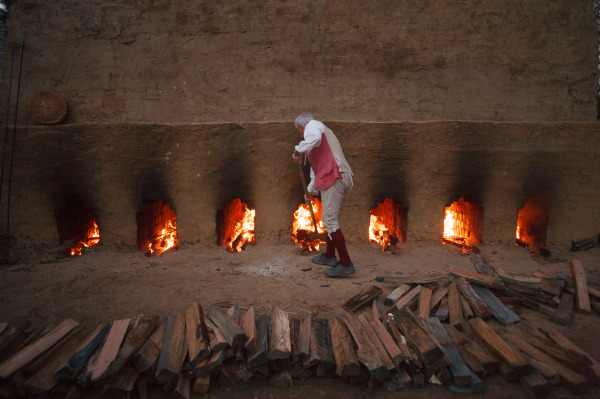
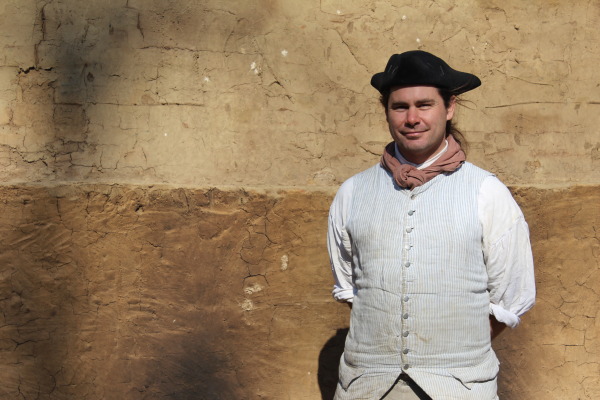
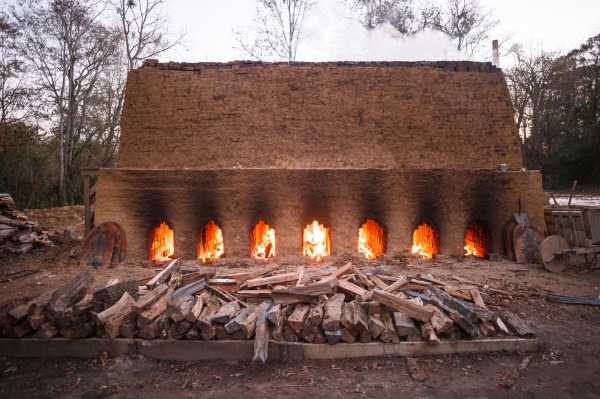
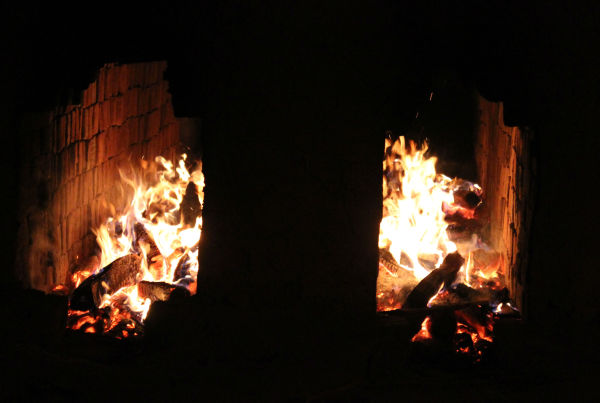
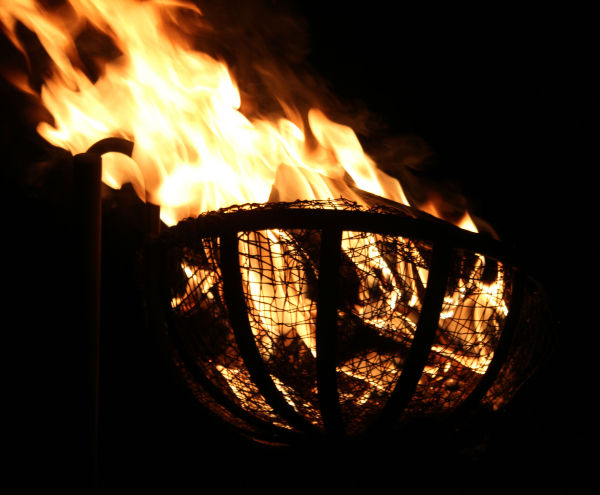
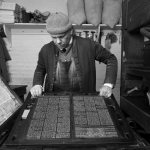
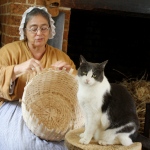
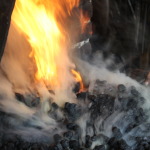
I am requesting your permission for the use of the photograph of the brick kiln in action for the upcoming publication of the textbook :”Masonry History Integrity An Urban Conservation Primer.”
It is currently an e-book available at the above-cited website; distributed by the National Park Service’s National Center for Preservation Technology & Training.
Full credit will be given acknowledging its source and permission for its use.
Thank you in advance.
Sincerely,
Thomas E. Russack
silver rhinestone red bottom pumps
authentic designer shoes http://ausu.org/pumps.php
Is this done around the same time each year? I’d love to visit when this is taking place.
Thank you.
Hi, Daryll! Yes, we typically bake in November each year. This past year, we had two bakings to fulfill needs - one in the summer and one in the fall. If you follow us on Facebook, we’ll definitely be posting updates when it comes time to bake.
Great blog. Thank you so much for sharing. Very informative. Keep ’em coming!
Glad you enjoyed it, Charlie!
How many cords of wood will be consumed to bring the kiln to the required temperature?
Thanks,
Ken
Hi, Ken! They use about two to three cords of wood per tunnel.
Very informative—thanks
Glad you liked it, Fred!